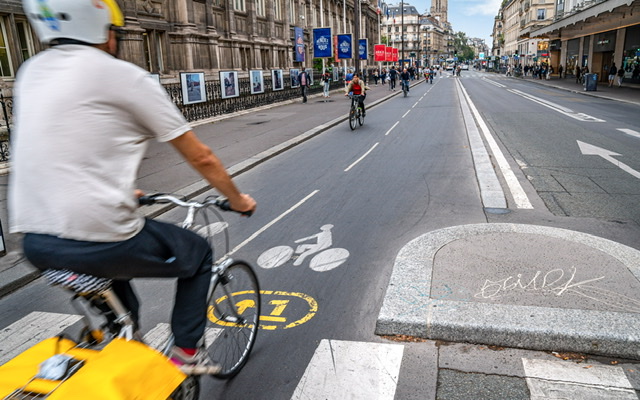
- Sustainable Planet -
- 10mins -
- 199 views
Paris investing €250 million to become a 100% ‘cycling city’
With the proposed development of new infrastructure, including large-scale implementation of secure parking solutions and strengthening of the cycling ecosystem, the 2021-2026 bike plan aims to make Paris a 100% cycling city.
Paris’ new bike plan for a 100% cycling city
Bike plan, act 2: after a first plan (2015-2020) of 150 million euros, a new 2021-2026 plan further increases the presence of bicycles in Paris and continues the construction of the bike city initiated for 20 years. This represents a budget of more than €250 million in investments, an additional €100 million compared to the bike plan of the previous mandate. The main objectives of this new plan are:
Towards a complete cycling network
In 2021, Paris has more than 1,000 km of cycling facilities, including more than 300 km of slopes and 52 km of provisional tracks completed after the first lockdown. These will be fully sustainable.
180 km of new secure tracks
- 130 km of new slopes
- 52 km of perpetuated "coronapists"
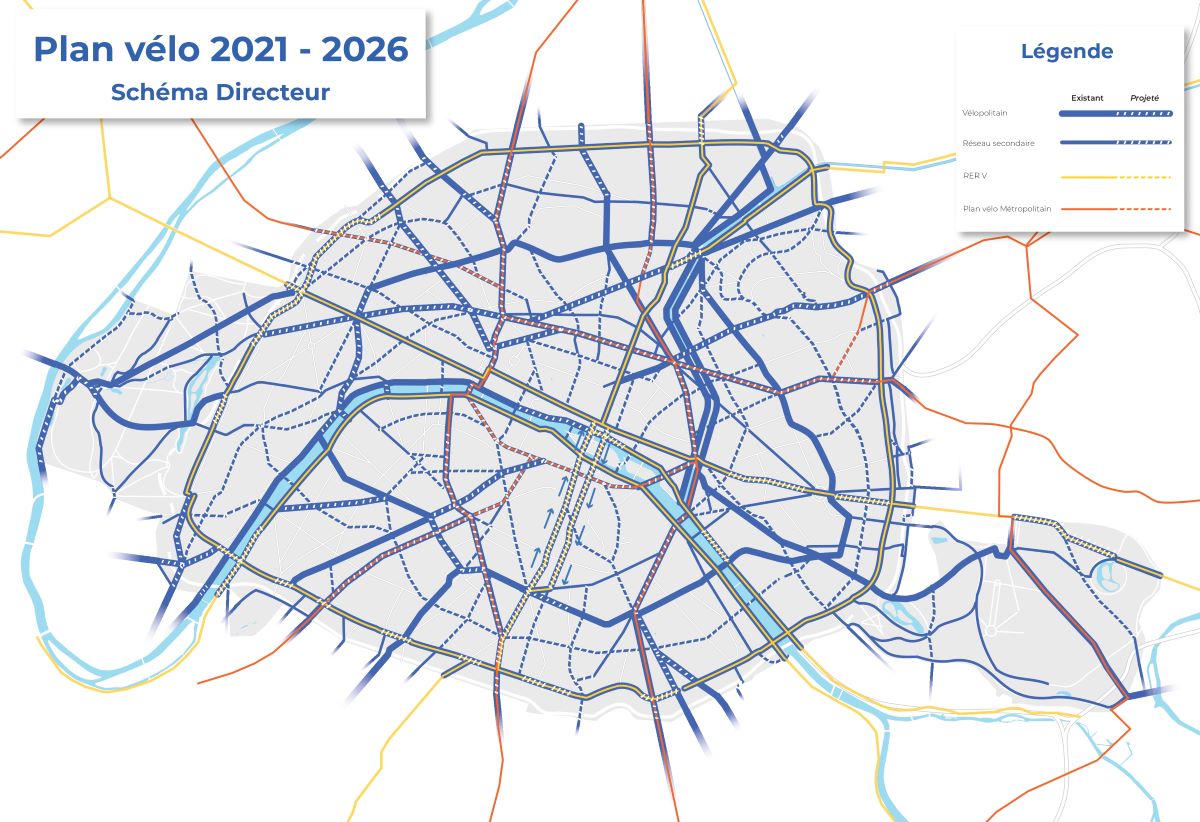
Bicycle infrastructure Upgrades citywide
Bicycle infrastructure in Paris is based on cycling axes to be developed, axes at the Parisian, metropolitan or regional level.
The following are concerned:
- The integration of the RER-Bicycle of the Île-de-France Region and the Vélopolitain of the Métropole du Grand Paris, as well as the continuities between the Parisian bike paths and the bike paths of neighbouring municipalities.
- The Parisian Vélopolitain network integrates the axes of the Vélo RER for regional purposes and is part of the Vélopolitain network of the Metropolis of Greater Paris, which is developing beyond the ring road to mesh the entire metropolis.
- The secondary network aims to complement the reinforcement of the main network by offering a good mesh density in order to capture most bike trips greater than 1 km. This network is particularly useful for inter-district travel.
- The local service network aims to allow cyclists to be moved to all the streets of the capital so that cycling is possible from start to finish.
Source: Paris.fr
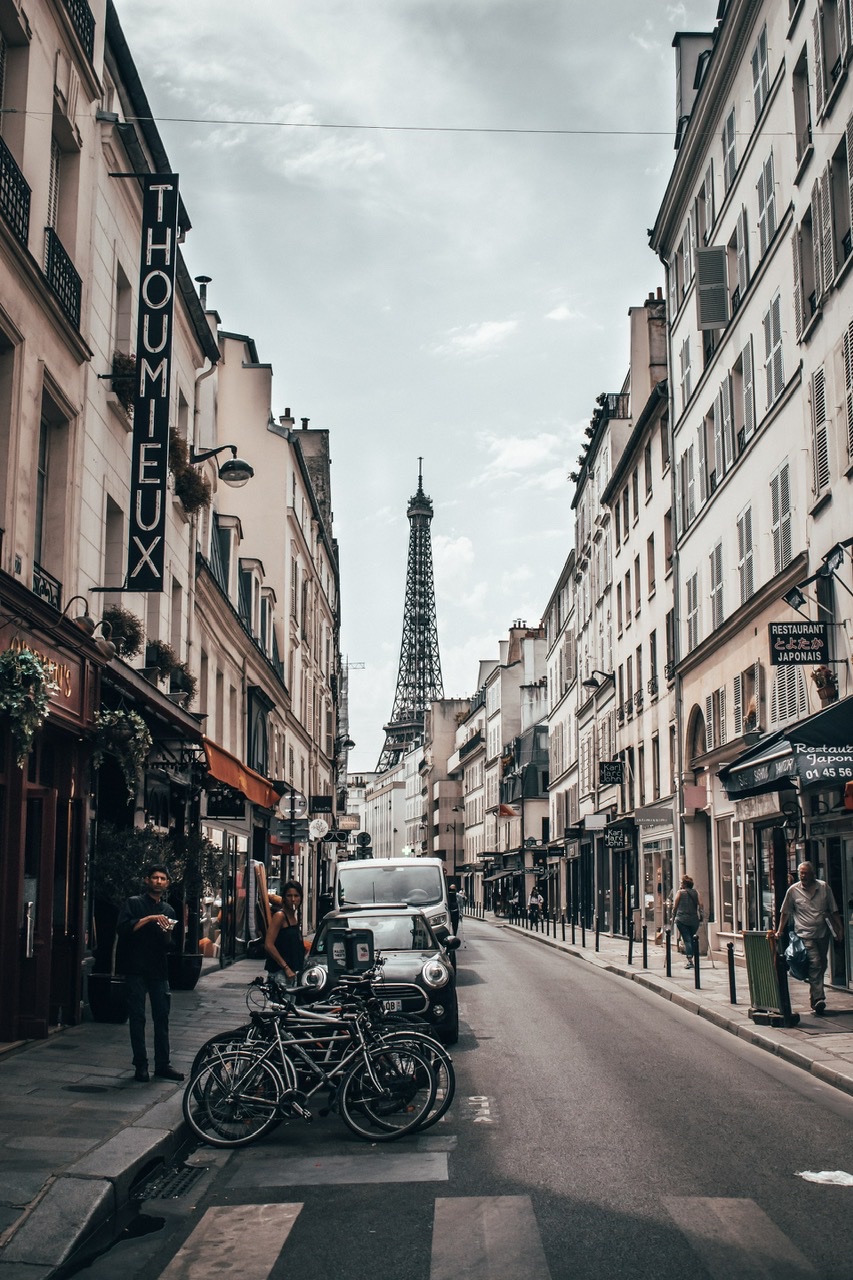
The generalisation of double cycling directions and the development of local networking
Target: 450 km by the end of the mandate of which 60 km have already been completed.
Securing “ovens” and doors
Objective: to reduce urban cuts between Paris and the metropolis.
A concerted approach
Each cycling development project is the subject of a wide consultation to involve the police prefecture, RATP, Île-de-France Mobilités, Parisian cycling associations within the framework of the Joint Bike Committee, and merchants’ associations.
Priority to the circulation of bicycles and public transport
Until now, car traffic was favoured through the regulation of traffic lights. From now on, priority will be given to buses, trams and bicycles thanks to a "green wave" system (specific adjustment of traffic lights).
Source: Paris.fr
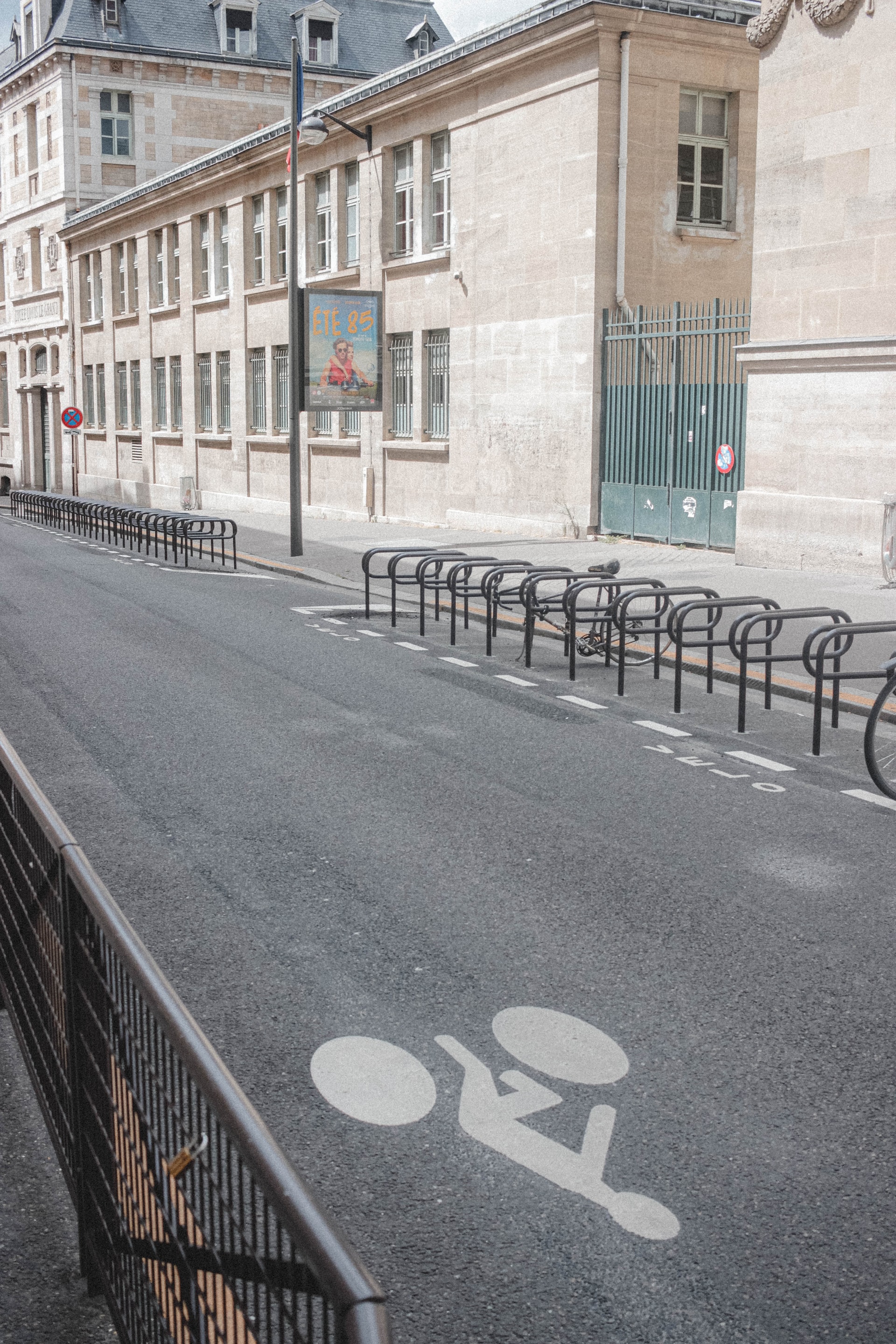
Parking to meet all needs
The current situation:
- 60,000 bike hoops and an experiment with hoops for cargo bikes.
- Secure residential parking: 50 bike boxes representing 300 bike spaces, operating with an annual subscription of €75.
- Two bike stations (198 places Gare de Lyon, 375 places GareMontparnasse); three stations "Véligo" (60 places Gare Montparnasse, 40 places Gare de l’Est, 40 places Gare Saint-Lazare).
- Secure parking in the car parks granted: 1,675 bike spaces, some of which are equipped with charging sockets for electric bikes, in constant increase.
- Municipal aid with 50% coverage of the amount of work for the installation of secure bicycle shelters for social landlords and condominiums
Target: more than 130,000 new places
- 30,000 new hoop places in public space, including 1,000 places reserved for cargo bikes.
- 40,000 new secure places near stations, or at intermodal points, open access and secure, under the aegis of Île-de-France Mobilités by 2030.
- 10,000 new secure spaces on public space outside intermodality points (bikeboxes or other type, secure residential parking accessible by subscription).
- 50,000 new places in the private sector (social landlords and condominiums, companies…).
- 1,500 places on the sites of the City of Paris (parking of City agents).
- Secure parking obligations for each new construction / rehabilitation of private buildings, offices, establishments receiving the public and incentives in the event that no major projects are planned.
- The creation of temporary parking lots to adapt to the specific demand for major events.
Source: Paris.fr
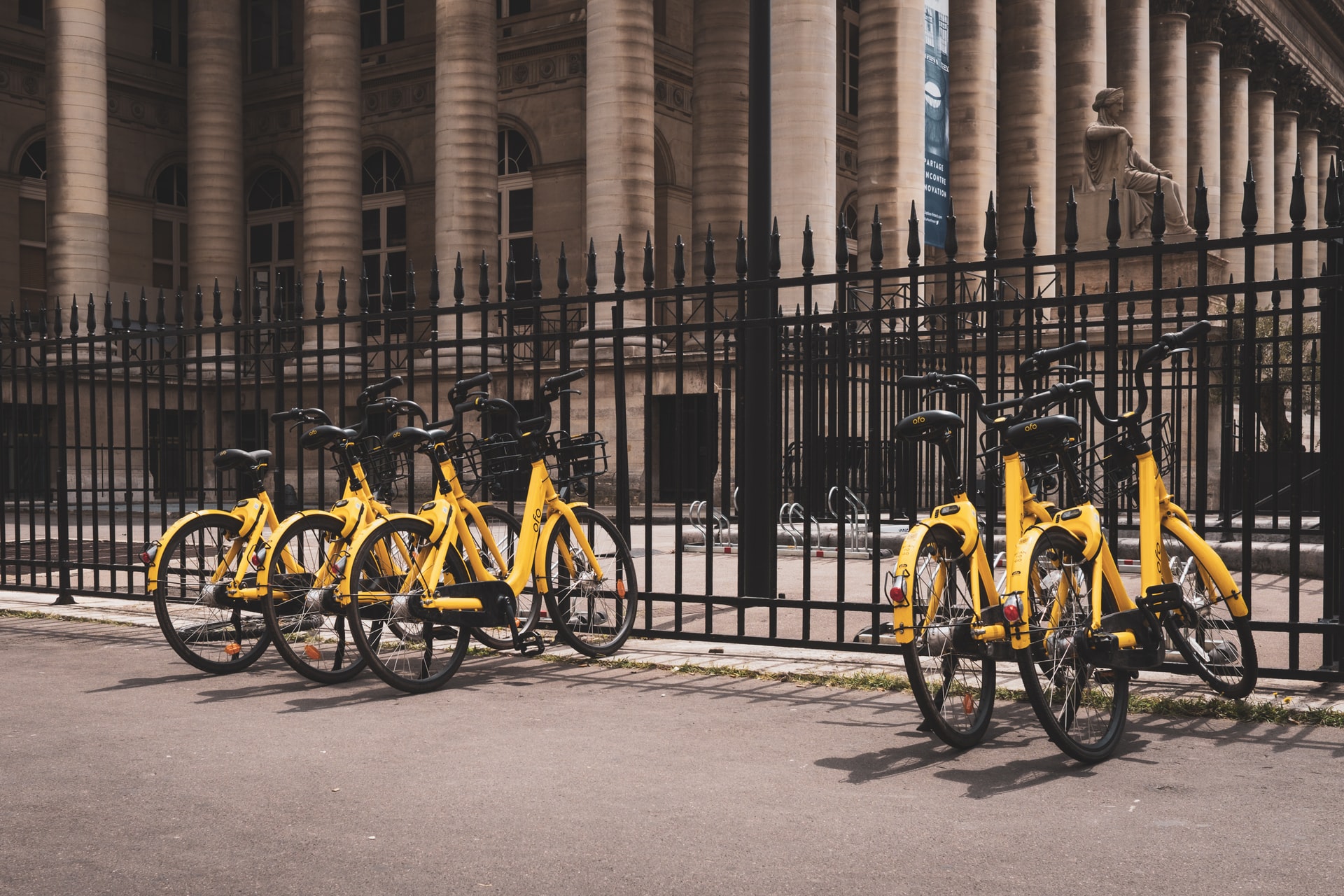
Safer and more comfortable travel
Promoting cycling requires the creation of an environment adapted to it. The priority is the safety of all users of public space, starting with those of the most vulnerable users: pedestrians.
To contribute to the comfort and safety of all users, control operations by municipal police officers will be strengthened (respect for the tracks by other users, compliance with SAS Vélo, respect for pedestrian priority by cyclists, etc.).
The effort of the City of Paris will be continued on these different aspects:
- Awareness-raising and communication actions carried out with/by the municipal police and the Prefecture of Police, in particular around the issue of blind spots, still too little known to motorized and cycling users.
- Identification of "blackheads" and specific treatment to improve security on these points.
- Control actions of City agents targeted at respecting bike paths and bicycle locks.
- Securing crossroads: further development of "Hollanese" intersections and protective islands, continued marking bicycle locks.
- Improvement of the equipment of the heavyweights of the city fleet and delegates.
Comfort and safety issues were also discussed, and this is what is planned:
- The creation of a Street Code to facilitate cohabitation between all users, with enhanced control provided by the municipal police;
- staking that allows cyclists to orient themselves, but also to position themselves well and circulate more easily on major roads;
- cleaning and snow removal of bicycle shelves.
Source: Paris.fr
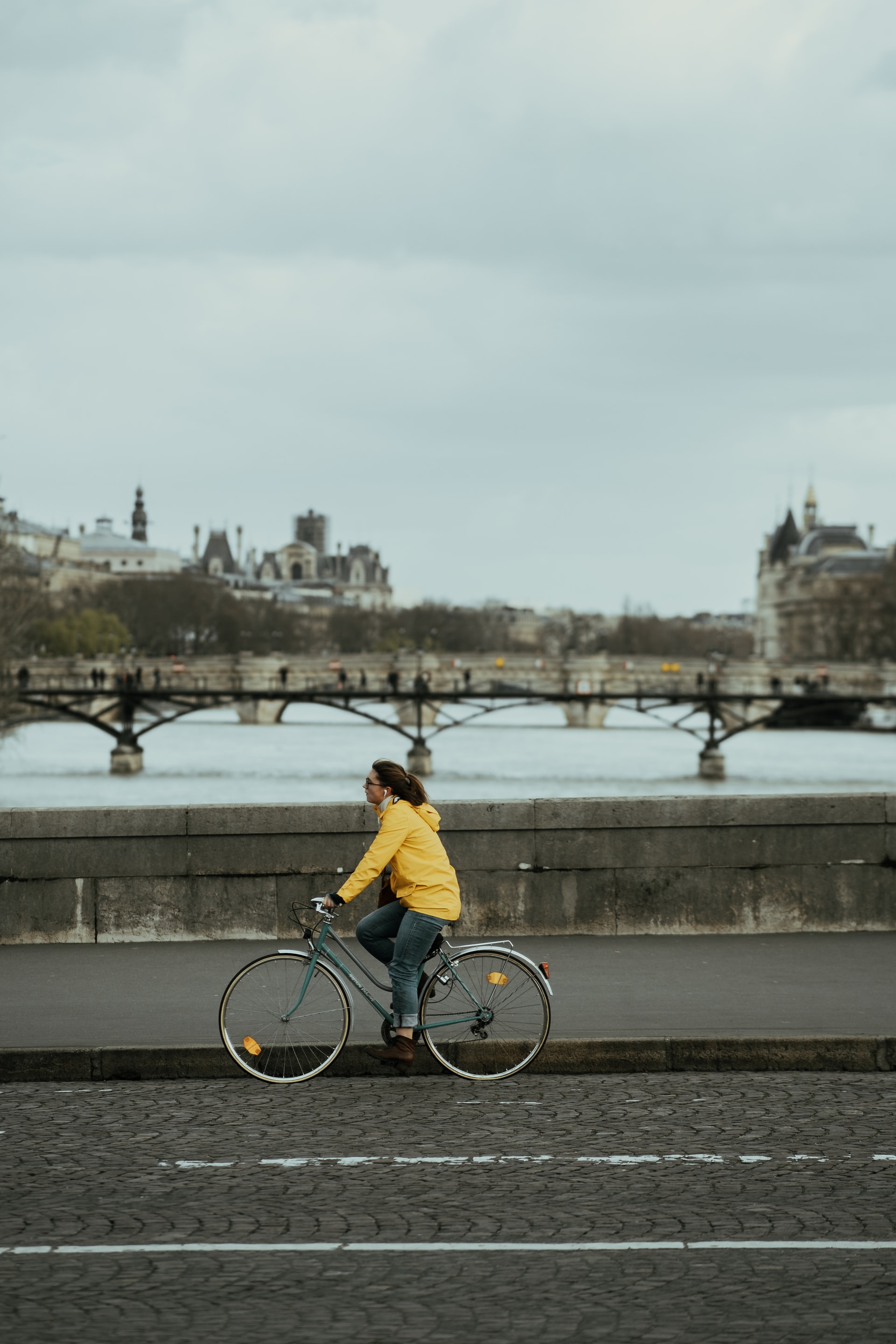
Supporting the cycling ecosystem
Learning and maintenance
- Paris wants to generalise "Know-how to ride a bike" in all Parisian elementary schools, by setting up a "Bicycle Permit". The goal is for all little Parisians to know how to ride a bike when they enter college.
- Development of school bikes to facilitate adult learning.
- Creation of a self-healing workshop per borough.
Aid for ecomobility
A large number of mobility aids were put in place from 2015 to support the evolution of the mobility of Parisians.
Work is underway to reform current aids in order to better align them with the new expectations of individuals and professionals alike.
Support for associations
The APUR study on the evolution of shops in Paris shows a growth of 57% of shops dedicated to cycling (sale and repair) between 2014 and 2017 and 29% between 2017 and 2020. There is also an exponential growth of associative actors, who are nearly thirty to develop projects and offer services to users.
The issue of cyclologistics is integrated into the current approach to developing an urban logistics strategy. This has several axes:
- adapt bike paths to take into account the dimensions of scooter bikes;
- provide parking for these particular bicycles, or even specific delivery areas for cargo bikes near major two-wheeler flow generators (large brands such as Monoprix or Carrefour for example);
- improve the working conditions and status of self-employed cycling delivery drivers.
The City works in particular to find places to prepare for tours near the final distribution places (the range of a bike is about 2 km), in the form of real estate sites (urban logistics spaces) or on public space (micro-hubs). These cyclologistics spaces must be accessible to trucks.
Source: Paris.fr
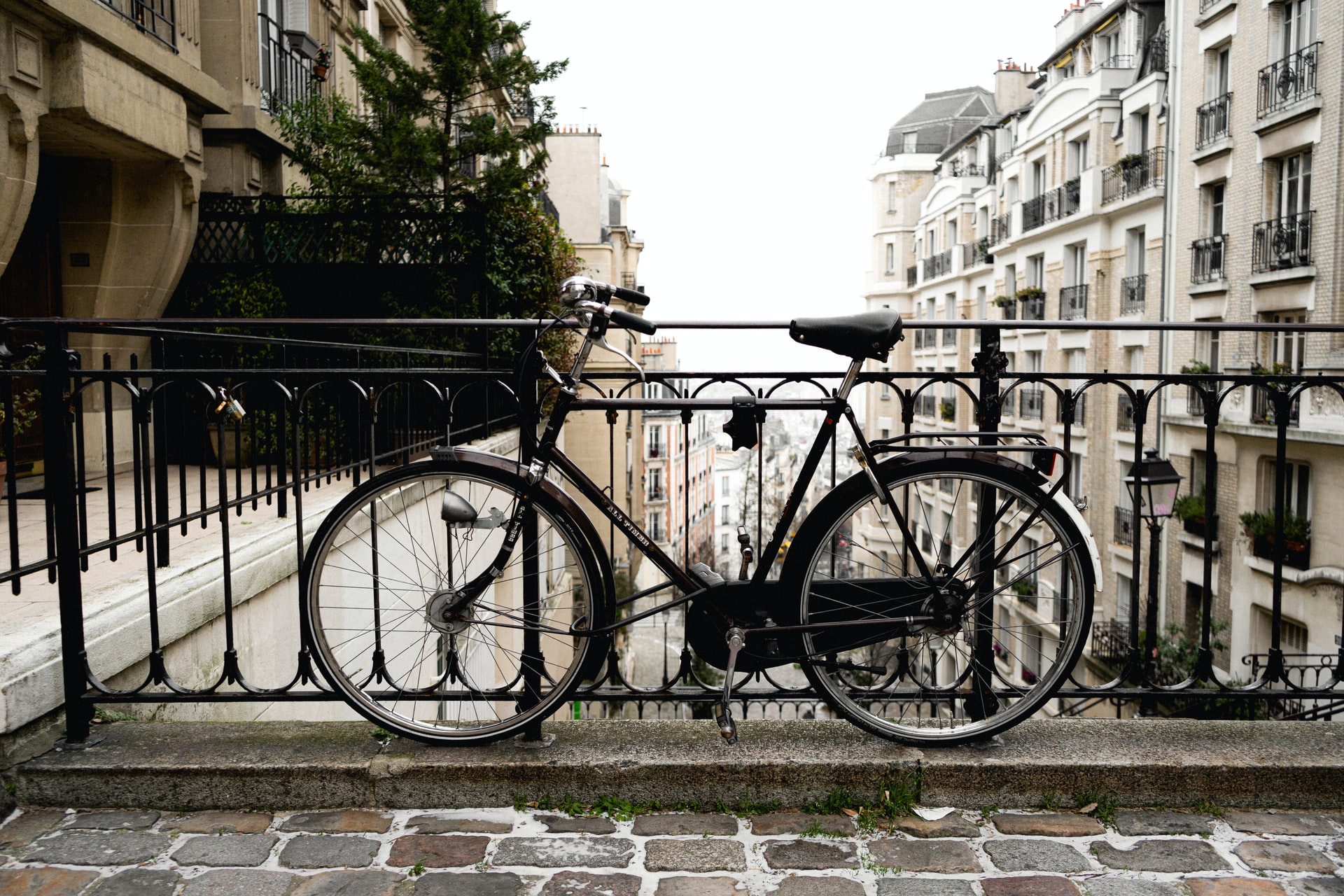
Encouraging cycling tourism and Promoting the circular cycling economy
Encourage cycling tourism
Cycling tourism is experiencing a spectacular flight at the national level. Four major national or transnational cycling routes cross Paris, with a common crossing point on the forecourt of Notre-Dame:
- Scandiberia (EV3) covers 5,122 km of tracks between Norway and Spain;
- London-Paris green avenue (V16) offers 470 km of cycling route from the forecourt of Notre-Dame;
- The La Seine bike route (V33), linking Paris to Le Havre, was inaugurated in October 2020 and offers 420 km of dedicated facilities along the Seine;
- The Véloscénie (V40) connects Paris to Mont-Saint-Michel on a 450 km route.
The Sustainable Tourism Conference organised by the City in 2021 highlighted the following needs:
- Take regulatory and accompanying measures to install bicycle storage rooms in tourist accommodation;
- Improve the signage of the four major cycling routes crossing Paris, and signage to tourist sites to direct visitors, especially from intermodality points or entrances to the City;
- Combine bicycles with other transport, in particular by the possibility of taking two-wheelers on board boats, coaches, trains;
- For cyclists who would like to visit tourist places, put in place locker solutions to shelter bags and luggage.
- Continue major cycling developments also on a metropolitan scale to facilitate and encourage cycling access to major Ile-de-France tourist sites (Château de Versailles, Saint-Denis Cathedral, Giverny…).
Promote the circular cycling economy
- Develop partnerships like the one that exists between the City and Repar to recover bike wrecks in order to repair them and/or recover their parts. In 2020, despite the health context, more than 800 bicycles were refurbished to be resold at a lower cost.
- Create a self-healing workshop by arronissement, or 15 additional workshops.
Source: Paris.fr
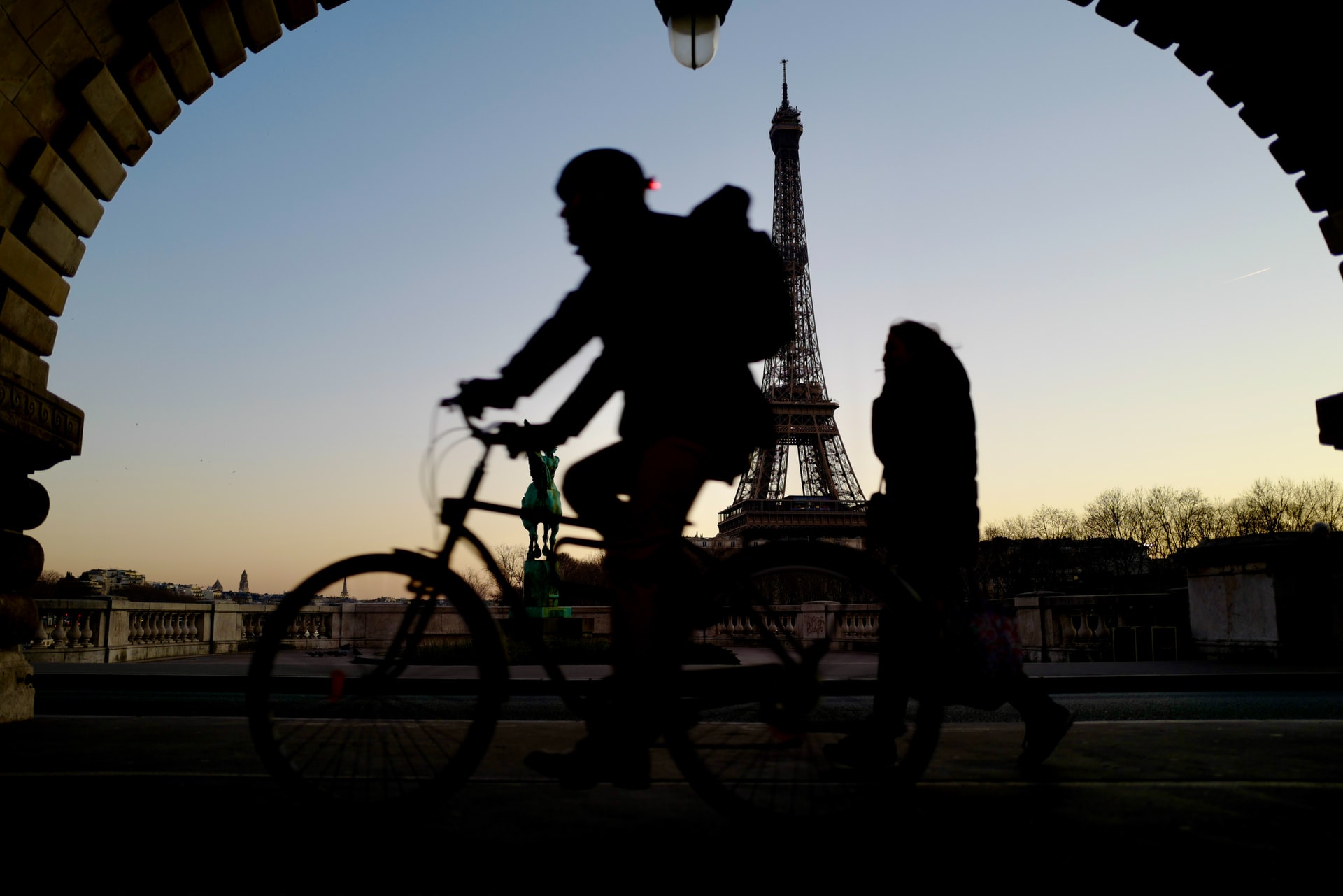
Encouraging sports practice by enjoying the 2024 Games
Sports cycling intersects various disciplines with very different practices: road, cyclo-cross, mountain biking, BMX race and freestyle, bike polo, and indoor cycling. The practice of cycling on a daily basis is part of the objective of "Sport Santé", and improves public health by fighting sedentary lifestyle, for all audiences and especially seniors.
The Paris 2024 Games must be a highlight of cycling practice. Target: 15% of Games travel must be by bike and 20,000 event parking spaces will be required (excluding celebration sites). Cycling infrastructure and part of the secure parking will have to be the cycling legacy of the Games.
360,000 followers of Vélib’
Vélib, a public self-service bicycle service, currently has 1,406 stations, including 1,006 in Paris and 400 stations near the crown. 19,000 bicycles are currently in circulation, 35% of which operate on electric assistance.
The service has more than 360,000 subscribers. In 2019, there were more than 23.6 million trips in Vélib’, including more than 9.2 million in electric bikes. In 2020, an 11% increase in the number of rentals was recorded (with a record 215,000 trips over a day in September).
Source: Paris.fr
